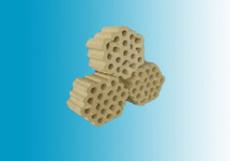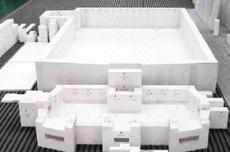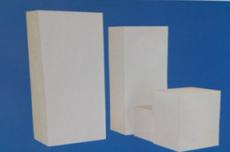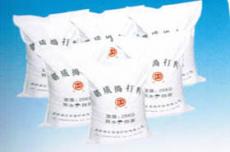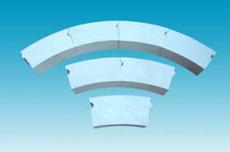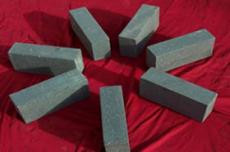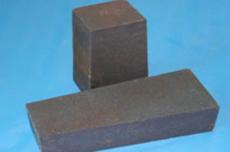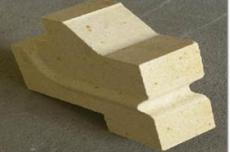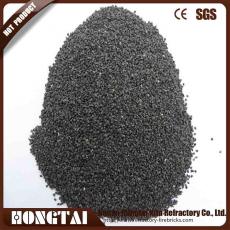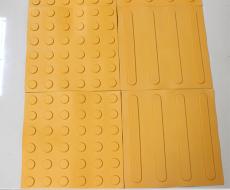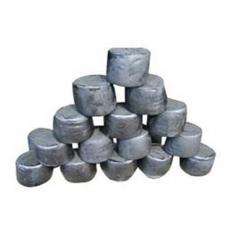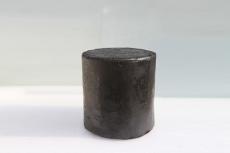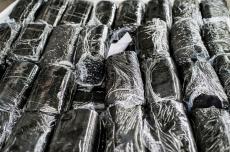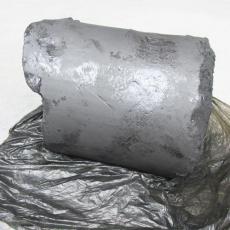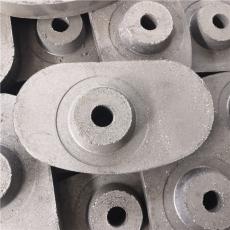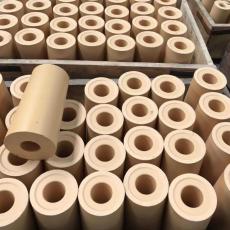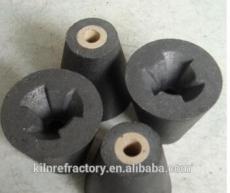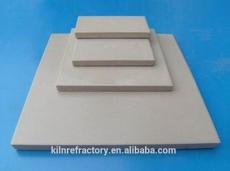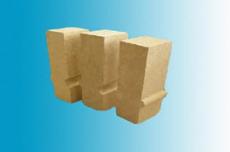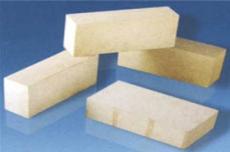
I. Mechanical action
(I) Material scouring
In many industrial production scenarios, such as blast furnaces in the metallurgical industry and rotary kilns in the cement industry, a large amount of material will flow inside. Materials such as iron ore and coke in the blast furnace will continuously scour the lining of the refractory castable at high speed as the furnace body runs or the airflow drives it. Long-term and high-intensity scouring will gradually cause the particles on the surface of the castable to be peeled off, resulting in wear, especially in areas with fast material flow, large flow and variable flow direction. The wear is more serious.
(II) Equipment operation friction
If refractory castables are used in some equipment with mechanical moving parts, such as near the transmission device of some high-temperature kilns, as the equipment continues to run, the parts in contact with the castable will produce friction. For example, during the rotation of the kiln's support wheel, relative motion friction will occur with the castable at its supporting part. This repeated friction will wear off the surface of the castable, causing wear, and the higher the friction frequency and the greater the pressure, the more serious the wear.
2. Impact of thermal stress
(I) Sudden temperature change
Refractory castables may face frequent temperature changes during use. For example, in an intermittent kiln, the temperature rises rapidly when the furnace is turned on and drops rapidly when the furnace is stopped. This rapid temperature change will cause thermal stress inside the castable. Due to the inconsistent degree of thermal expansion and contraction in different parts, it is easy to cause microcracks inside the material. As the number of thermal cycles increases, these microcracks will continue to expand and connect, eventually making the structure of the castable loose, the strength reduced, and it will be more susceptible to wear when subjected to external forces.
(II) Temperature gradient difference
In some large high-temperature equipment, the temperature difference between different parts of the castable is large, which will form a temperature gradient. For example, on the wall of the kiln, the temperature on the side close to the high-temperature heat source is very high, while the temperature on the outside is relatively low, which will generate thermal stress inside the material. If it is in this state for a long time, the thermal stress will cause the castable to deform and crack, thereby reducing its wear resistance and making the surface more easily worn away by materials.
3. Chemical corrosion factors
(I) Slag corrosion
In the process of steel smelting, a large amount of slag is produced. These slags often contain a variety of chemical components, such as iron oxide and calcium oxide. When the slag comes into contact with refractory castables, it may react chemically with certain components in the castables to generate new compounds. For example, the alkaline substances in the slag may react with the acidic components in the castables, changing the original structure of the castables, making it loose and fragile, and significantly reducing its wear resistance, making it more susceptible to wear under external forces such as material scouring.
(II) Gas corrosion
Some high-temperature industrial environments contain corrosive gases, such as sulfur dioxide and other gases in glass furnaces. These gases may react chemically with refractory castables at high temperatures, causing damage to their internal chemical bonds, reducing the strength of the material, and gradually corroding and damaging the surface, thereby exacerbating the wear. Especially for long periods of time in such an atmosphere containing corrosive gases, wear will continue to accumulate.
4. Material performance factors
(I) Insufficient strength
If the mechanical performance indicators such as compressive strength and flexural strength of the refractory castable itself are low, it will be difficult to resist the damage of these forces when facing external forces such as normal material pressure and equipment friction, and it is easy to have wear phenomena such as surface damage and particle shedding. For example, some low-quality or unreasonable castables, whose strength does not meet the requirements of the use environment, will wear out quickly.
(II) Too high porosity
When the porosity of the castable is too high, on the one hand, its structure is relatively loose, and its wear resistance is poor; on the other hand, the pores are easy to become stress concentration points. When subjected to external forces or thermal stress, it is easier to start crack extension from the pores, etc., accelerating the wear of the material, and the pores may also absorb some corrosive substances, further aggravating the damage to the material.
